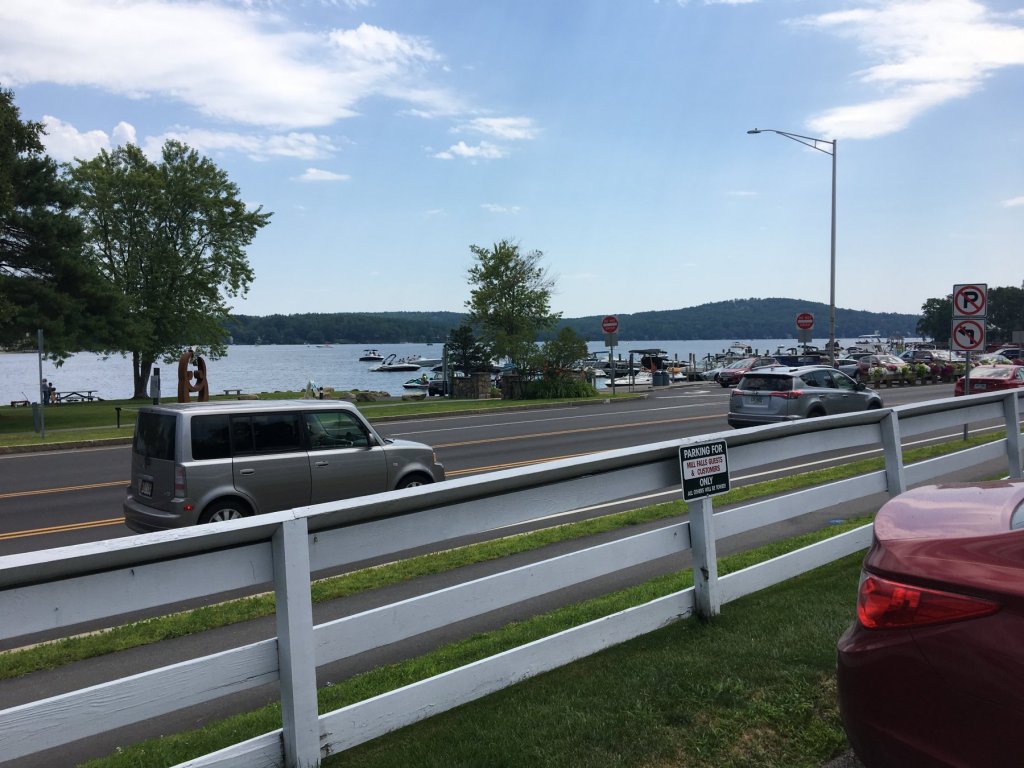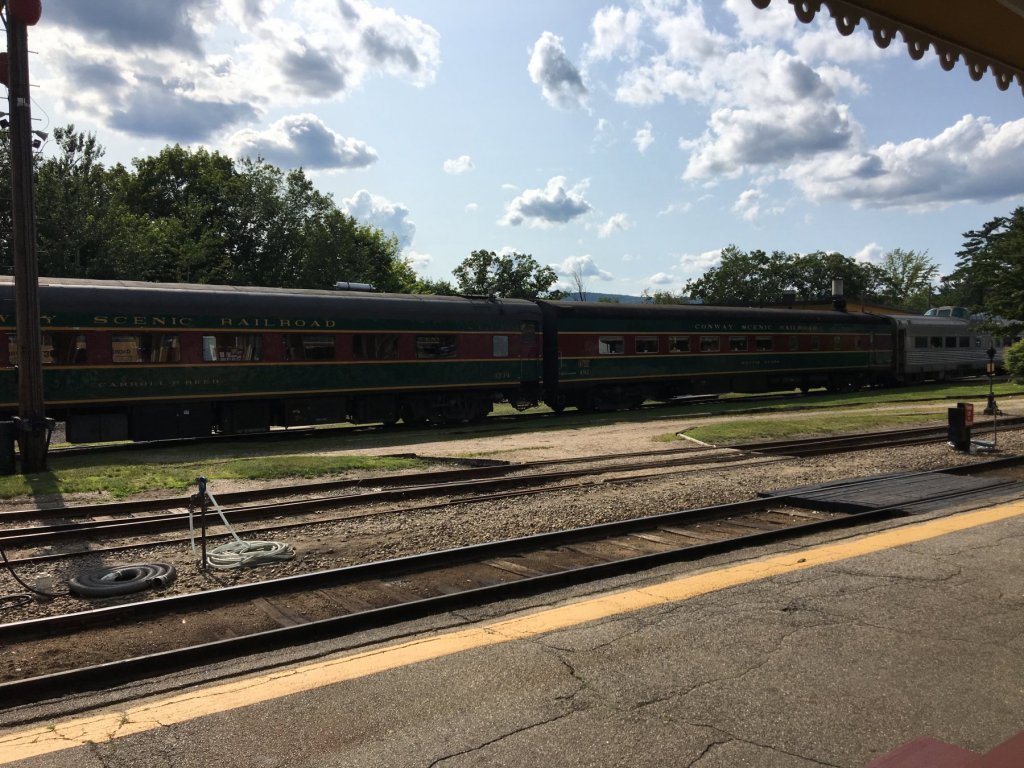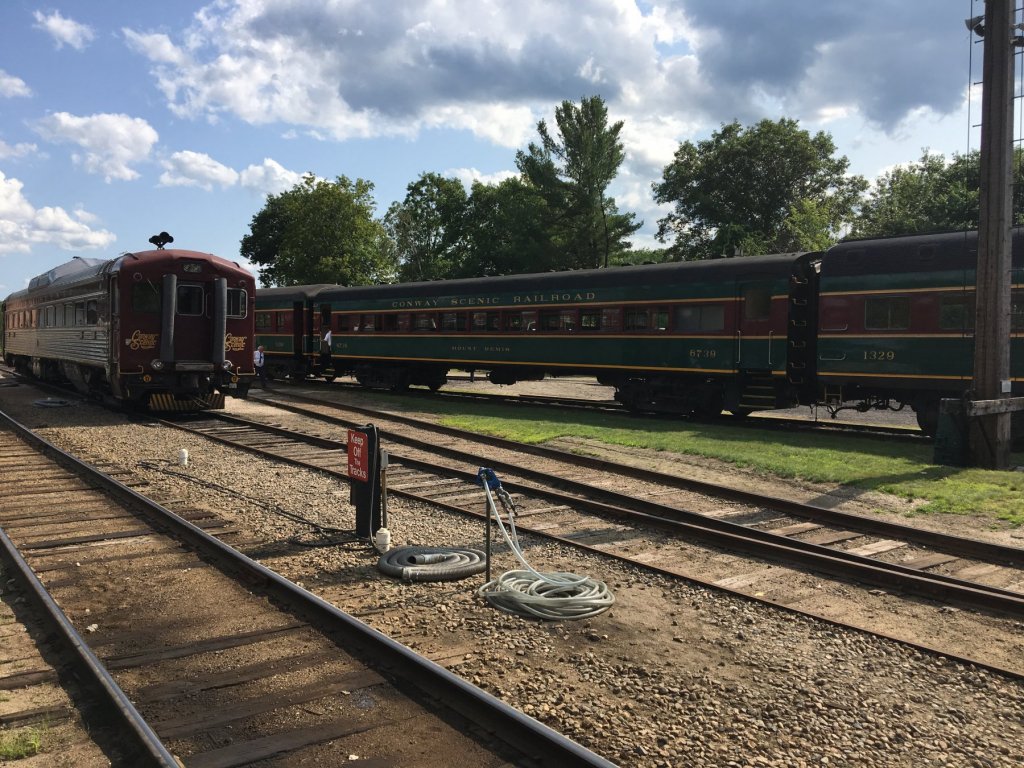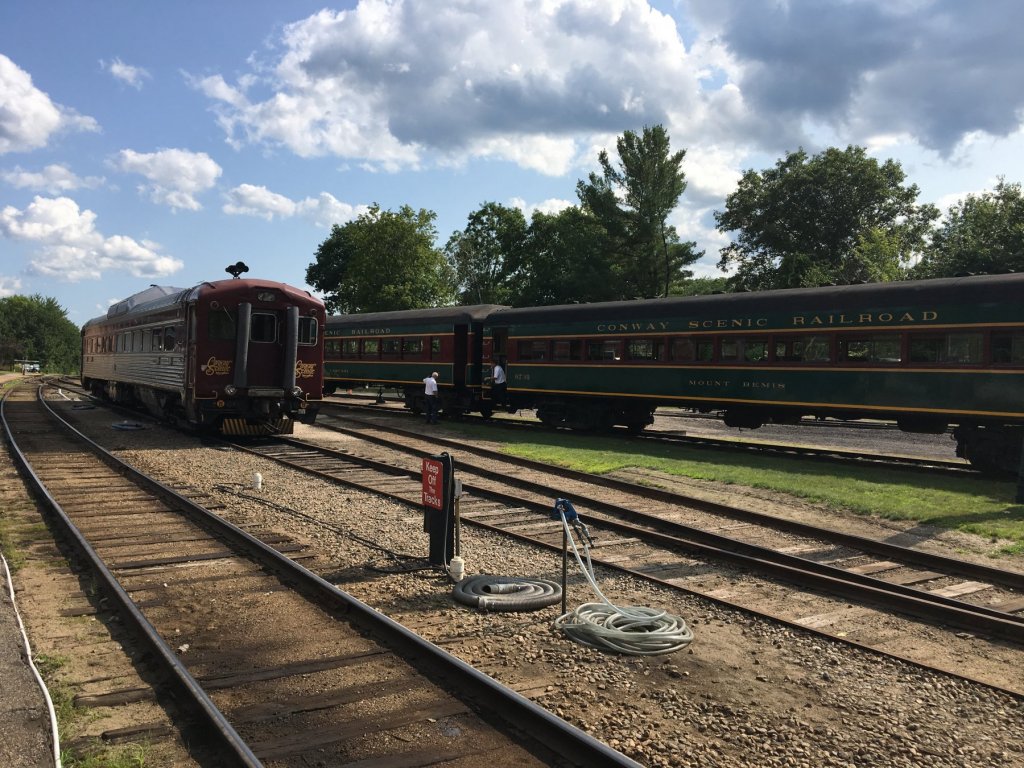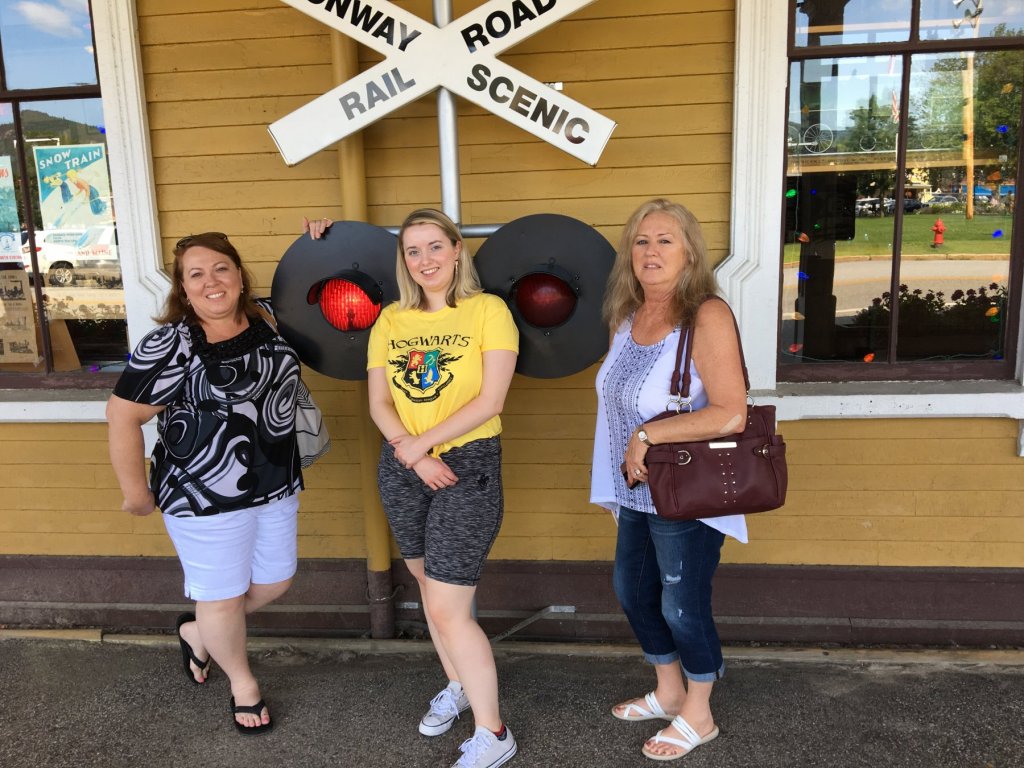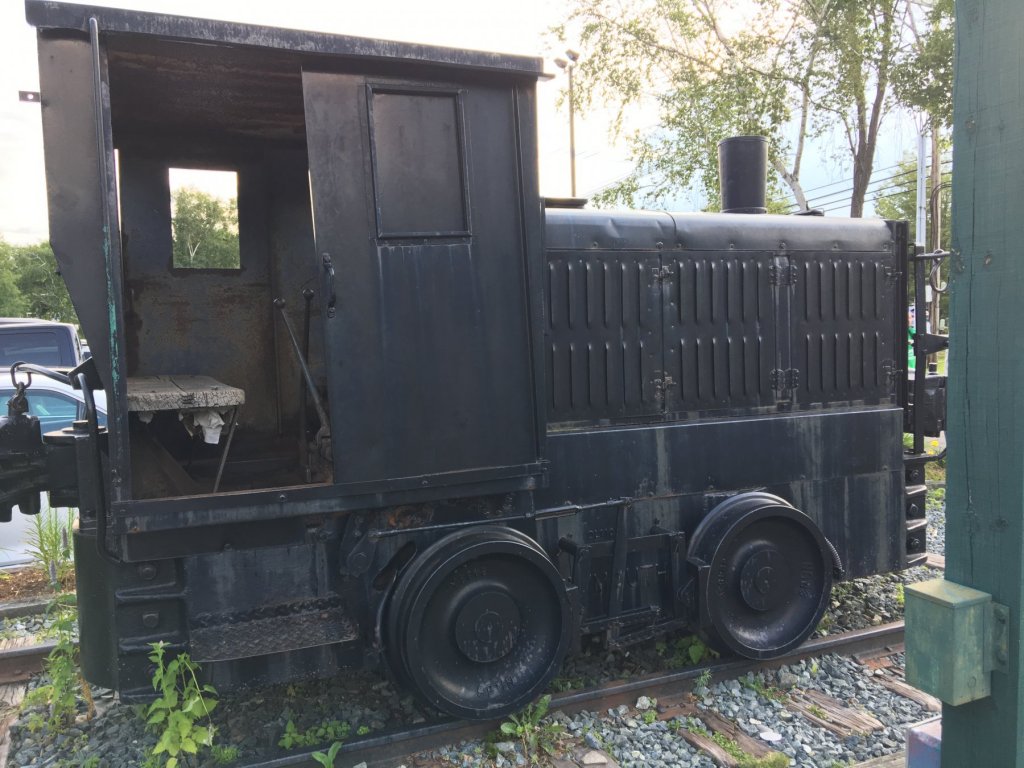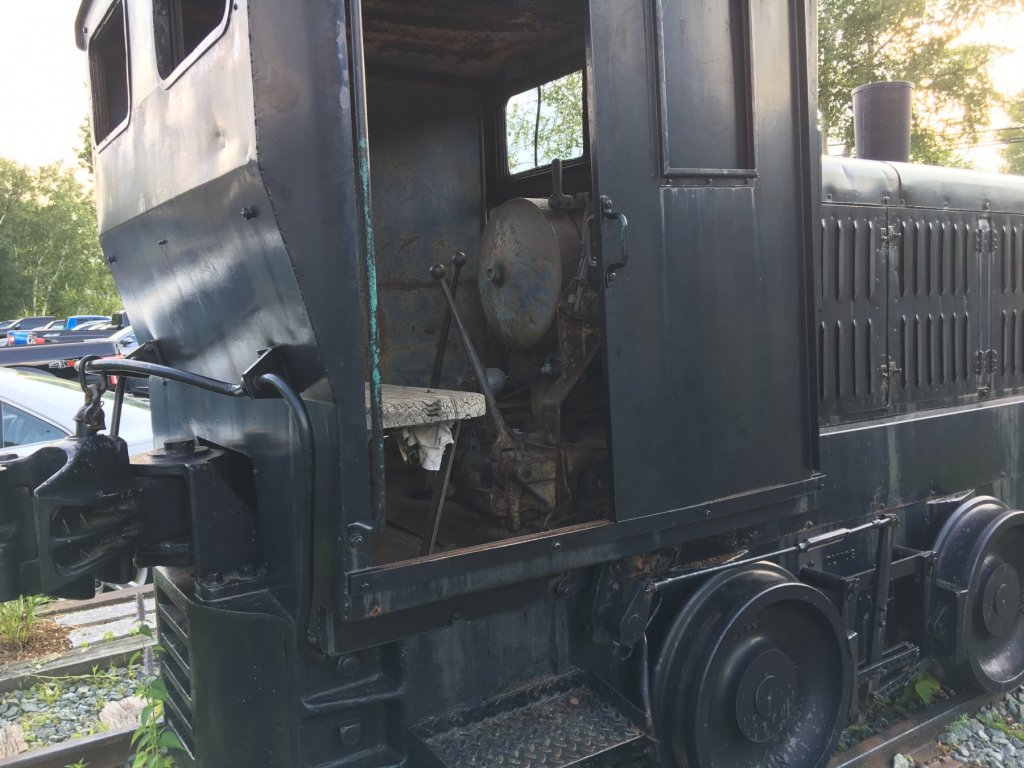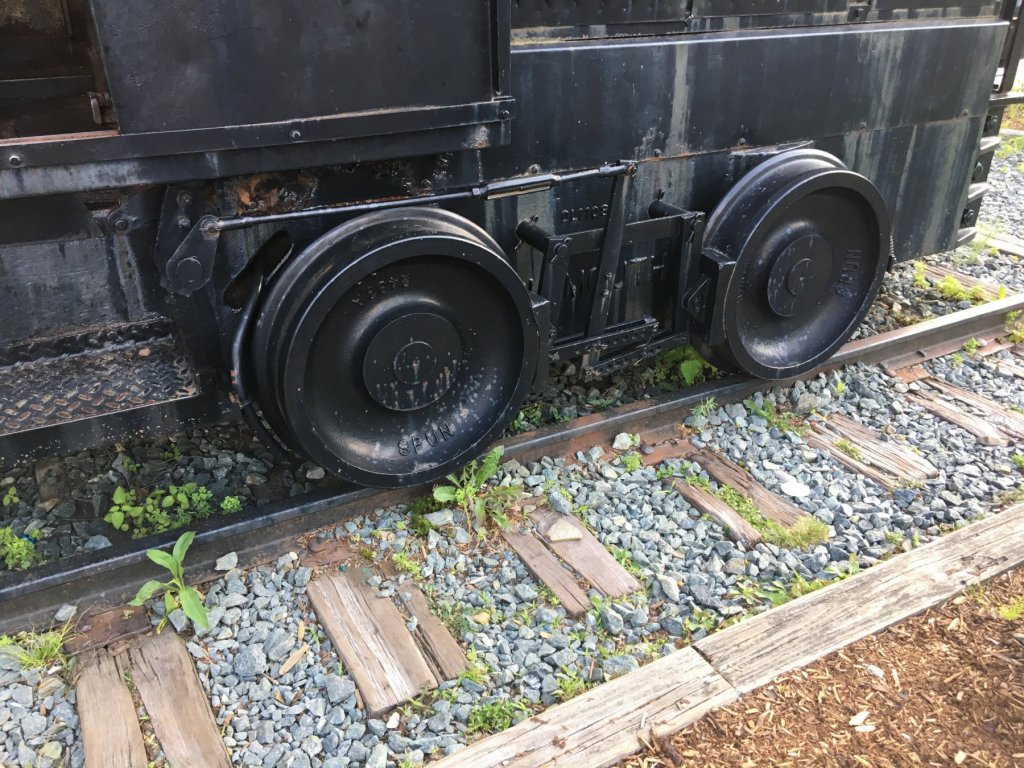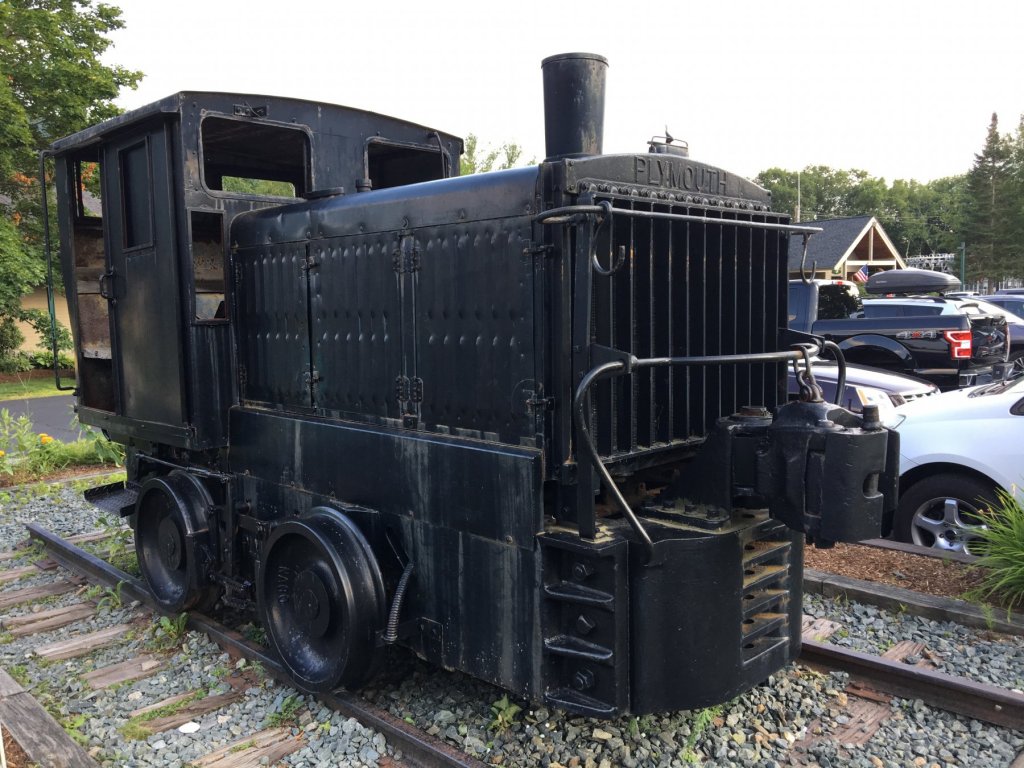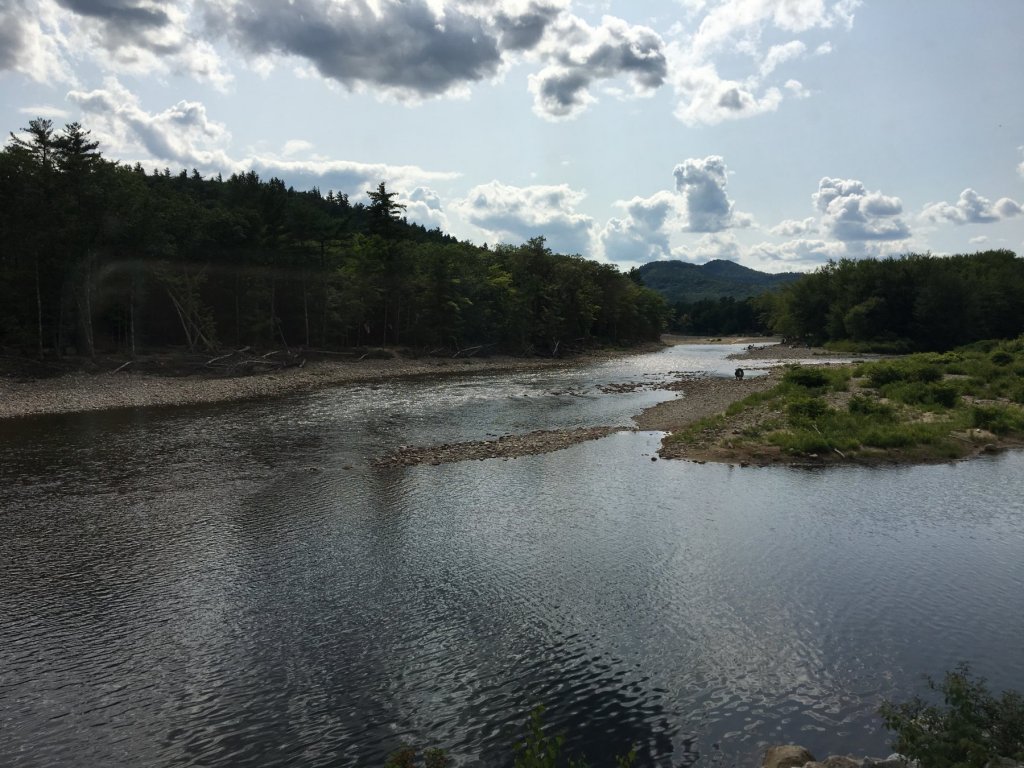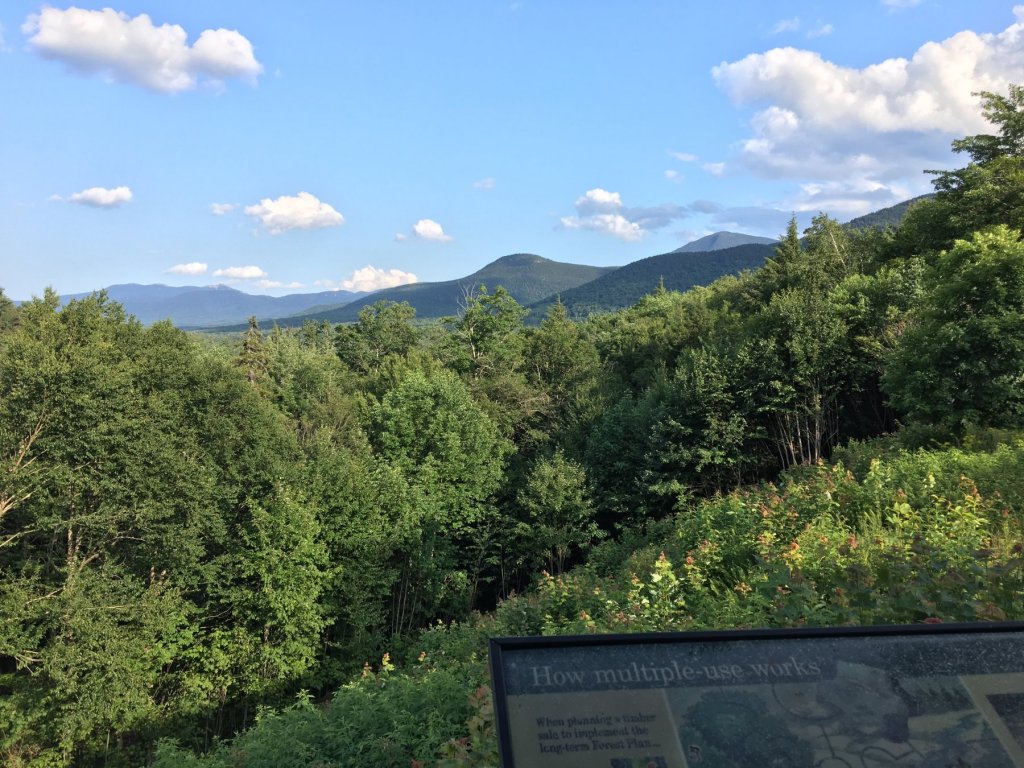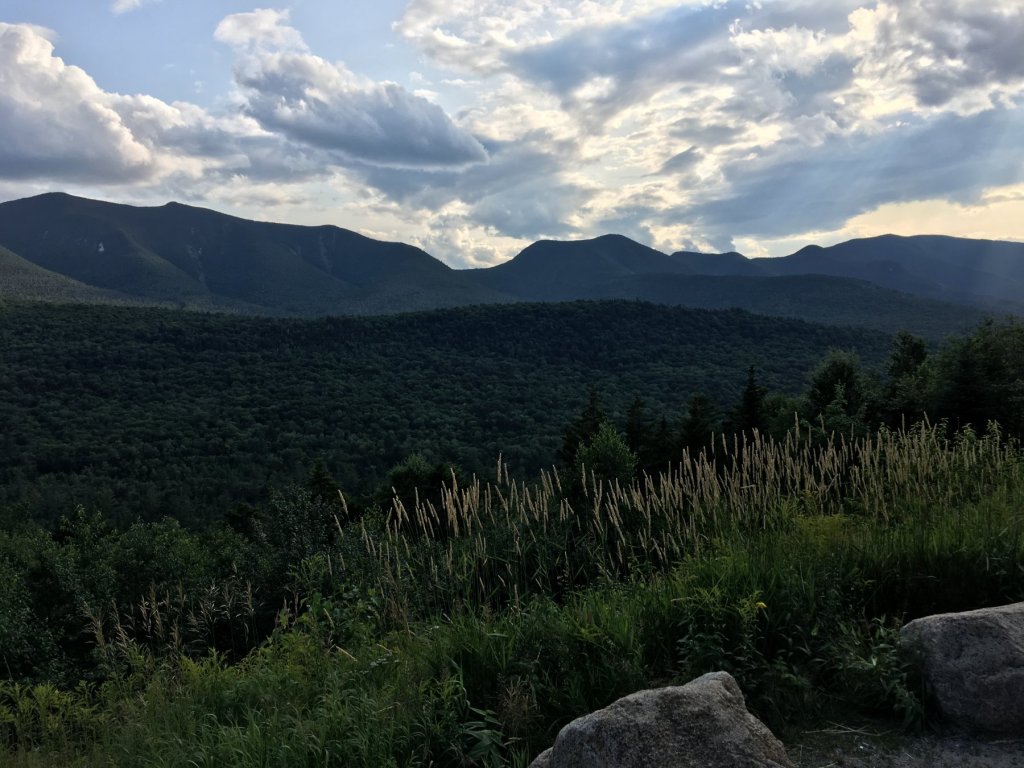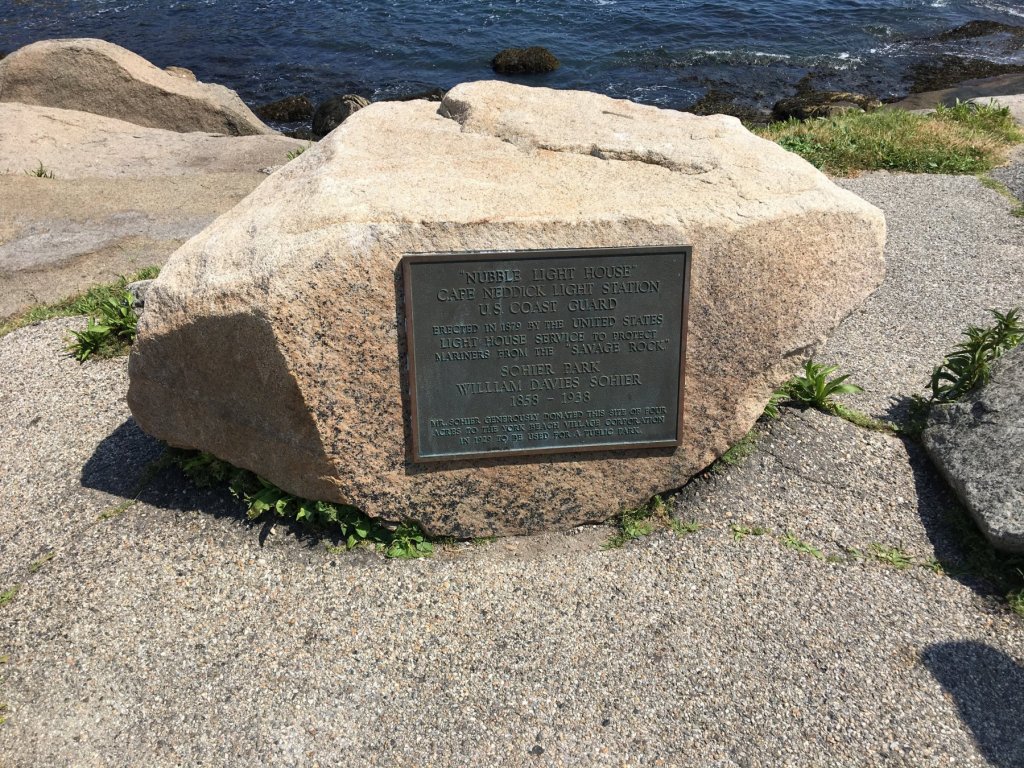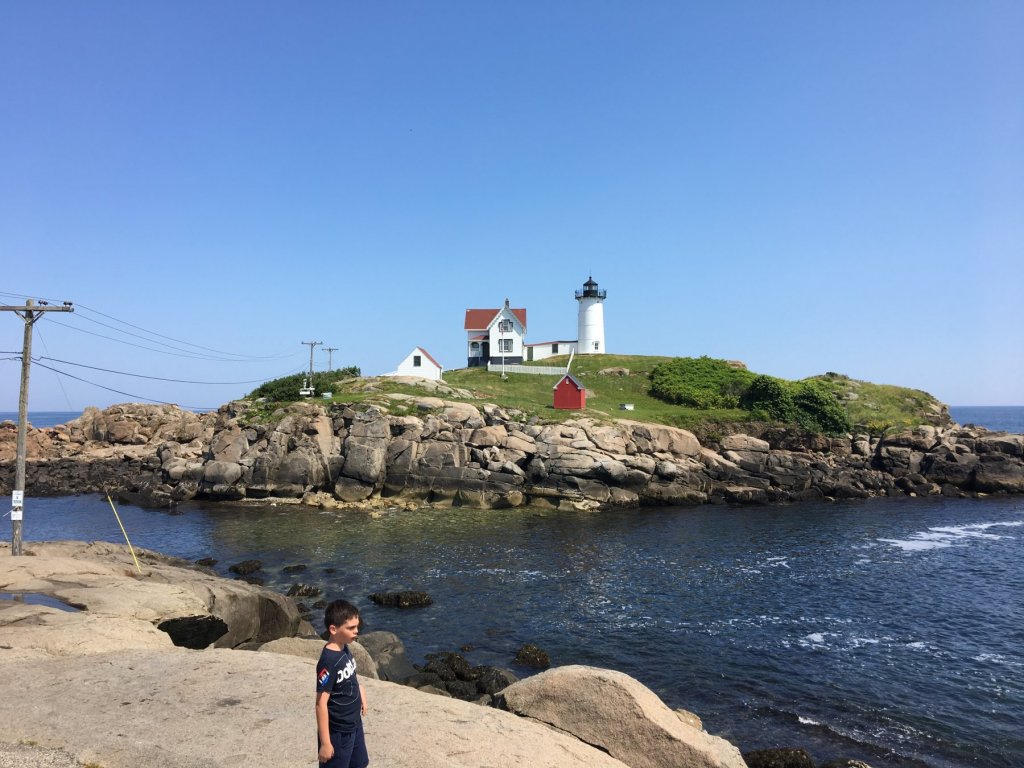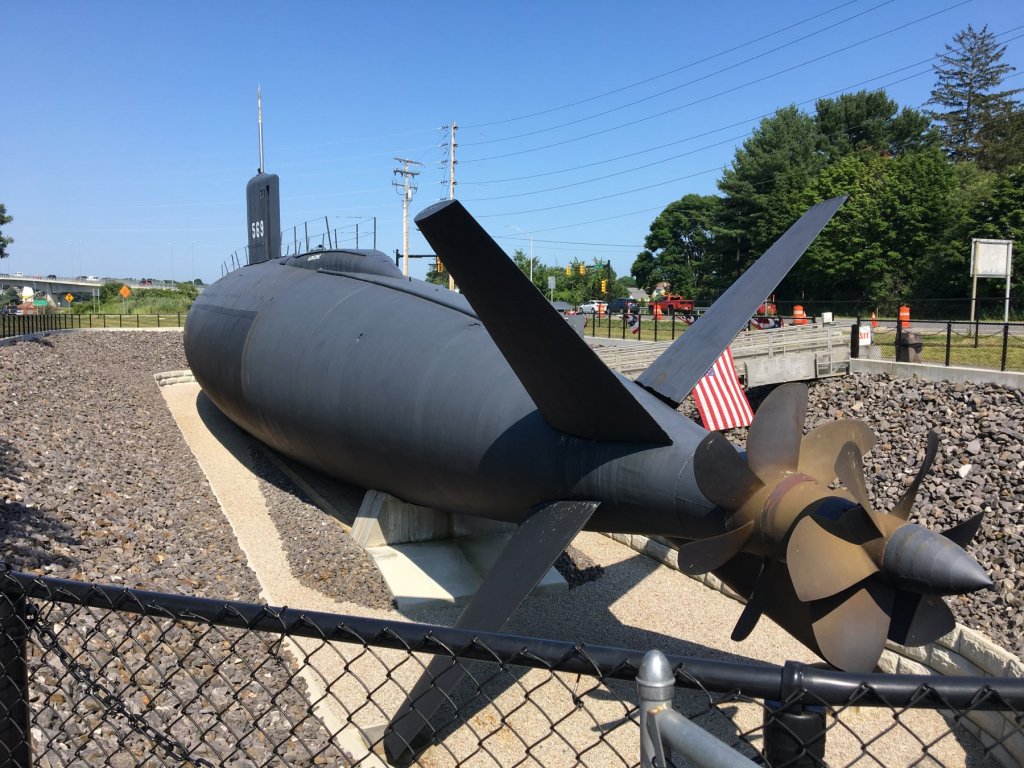-
Posts
7,755 -
Joined
-
Last visited
Content Type
Profiles
Forums
Gallery
Events
Everything posted by CDW
-
The next time I go to New Hampshire, will make sure to make time to visit the USS Constitution in Boston. We flew home out of Boston on Tuesday, but it was well over 90 degrees and I had no interest in making the visit on that day in the heat. Got my fill of that on the Albacore visit and that was a cooler day.
-
Okay Lou...here are some interior photos of the Albacore. To begin, there is a display of various propellers at the start of the exhibit. A placard explains that the Albacore was built as a test bed for various things, the propellers being chief among the tests performed. The propellers are ones that were used on the sub during the 2 decades of it's service life. The placard in the 2nd photo shows the various components/sections inside the sub. The tour starts from the front and works it's way to the rear of the sub. The 3rd photo shows how incredibly small the bunk spaces are for the crewmen. Believe it or not, the curator claims the Navy does not prefer short or skinny sailors for sub duty, rather they prefer tall and stout crewmen. In the 4th photo, the Admiral begins to slide through one of the bulkhead doors. As you can imagine, I can only fit through that door by turning sideways and squatting way down to slide through. Tricky to say the least and very uncomfortable. IMG_0338.MOV
-
If I told you we were busy while we visited NH, it would be an understatement. Our kids had something scheduled for us every day that lasted from the time we got up each morning until it was time to go to bed. The people, the food, the sites to see were amazing. You have lots of reasons to be very proud of your state. Our kids live about 5 minutes from the SNHU administrative buildings where our oldest daughter works, and the campus is just across the interstate. Unfortunately, it's a bit further to drive around to the exit and circle back to it (campus) but was impressed with the neatness of it and all the technology offered there.
-
We wanted to visit the observatory atop Mount Washington but have run out of time. Will have to do it on our next visit. It’s the highest peak in the eastern USA. It’s also the site where the highest wind speed has been recorded, 231 mph. Hope I’m not there when that record gets broken. We fly out for home tomorrow.
-
a serious lapse of good judgement 😄 wonder what the hell he was thinking?
- 345 replies
-
- graf zeppelin
- trumpeter
-
(and 2 more)
Tagged with:
-
I would be surprised if the Infini set did not come with pieces to help replace those anchor chains. And yes, you can find replacement chain. You'll need to carefully cut away the molded on chain using an XActo chisel blade or something similar.
About us
Modelshipworld - Advancing Ship Modeling through Research
SSL Secured
Your security is important for us so this Website is SSL-Secured
NRG Mailing Address
Nautical Research Guild
237 South Lincoln Street
Westmont IL, 60559-1917
Model Ship World ® and the MSW logo are Registered Trademarks, and belong to the Nautical Research Guild (United States Patent and Trademark Office: No. 6,929,264 & No. 6,929,274, registered Dec. 20, 2022)
Helpful Links
About the NRG
If you enjoy building ship models that are historically accurate as well as beautiful, then The Nautical Research Guild (NRG) is just right for you.
The Guild is a non-profit educational organization whose mission is to “Advance Ship Modeling Through Research”. We provide support to our members in their efforts to raise the quality of their model ships.
The Nautical Research Guild has published our world-renowned quarterly magazine, The Nautical Research Journal, since 1955. The pages of the Journal are full of articles by accomplished ship modelers who show you how they create those exquisite details on their models, and by maritime historians who show you the correct details to build. The Journal is available in both print and digital editions. Go to the NRG web site (www.thenrg.org) to download a complimentary digital copy of the Journal. The NRG also publishes plan sets, books and compilations of back issues of the Journal and the former Ships in Scale and Model Ship Builder magazines.

.jpg.7e80607770d9078b2f0b470e8c9c33ac.jpg)


